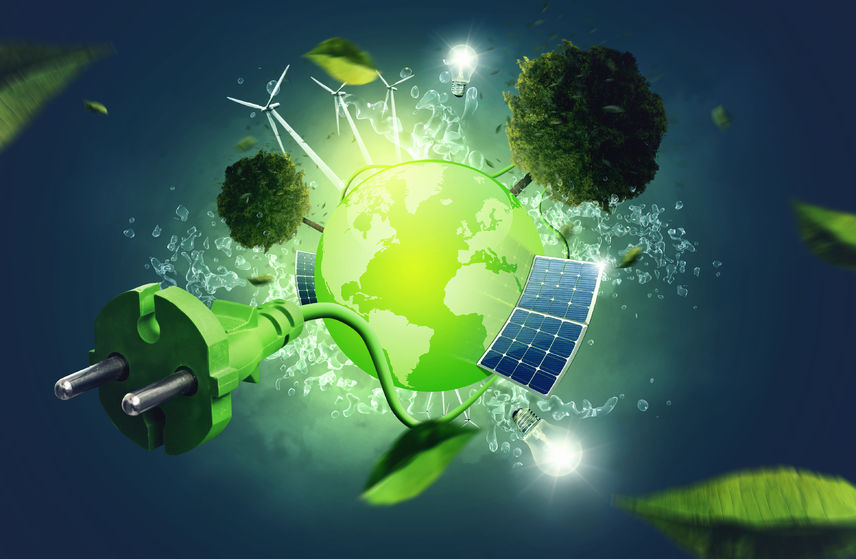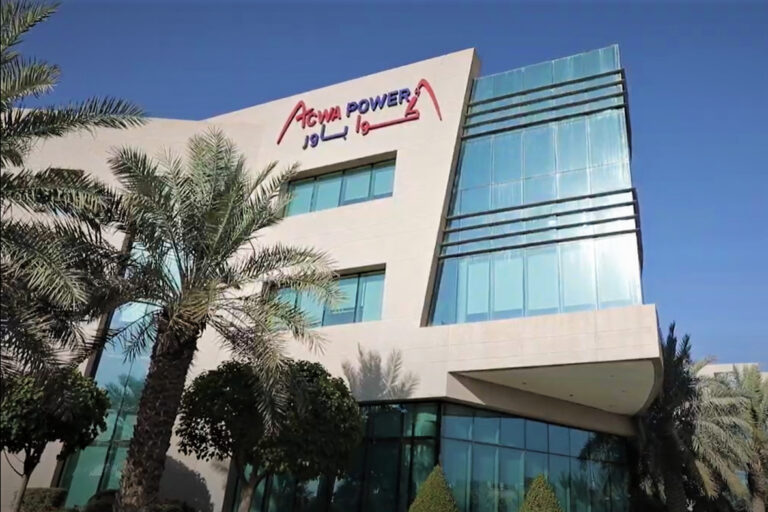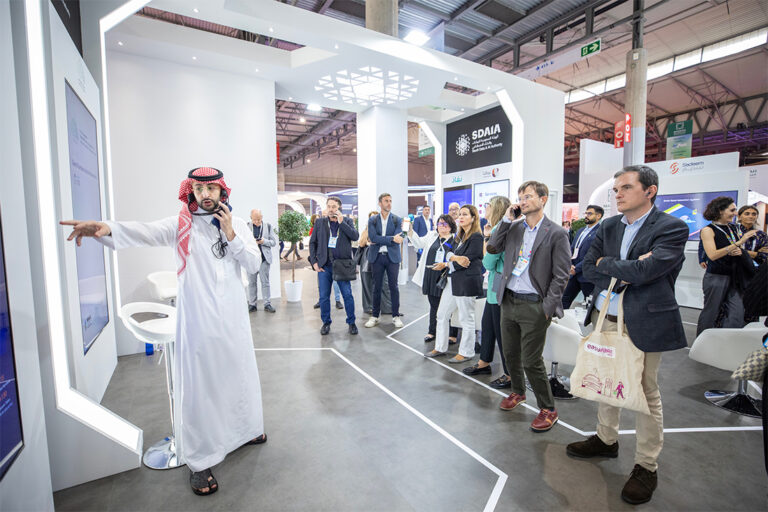The power of networking has been amply illustrated by the U.S. elections. Rather than push his message at people via the usual channels, Donald Trump engaged with them on social media to get communication flowing both ways.

It not only saved millions of dollars; it also reflects the reality of how we exchange information today. The same logic applies to the power distribution business. In the past, energy flowed out in one direction and revenues came back in the other.
Now, thanks to distributed, microgeneration solutions that harness renewable technologies, anyone can produce and store energy, redefining what it means to be a power provider.
This forces utilities to rethink their role in the value chain. The traditional business model is moving from pipeline to platform, as customers are empowered and expectations change. “Free” sources of energy, such as solar and wind, can be easily stored using car, domestic and industrial batteries.

Platforms will be better able to balance supply and demand, sell power back to the grid and generate income for ordinary people, leveraging the utilities’ infrastructures. Right now, I have no idea how far the platform model will take us, but I do know that power will no longer be controlled by the few.
Distributors must transform into aggregators, digitizing networks to open up one-way streets to two-way traffic. The future of distribution will be to build, manage and maintain the means to connect people in the energy space.
Platforms let power flow where and when it is needed, meaning everybody benefits from the connections we make. This is our energy future![]()
Ernesto Ciorra, Head of Innovation and Sustainability, Enel









